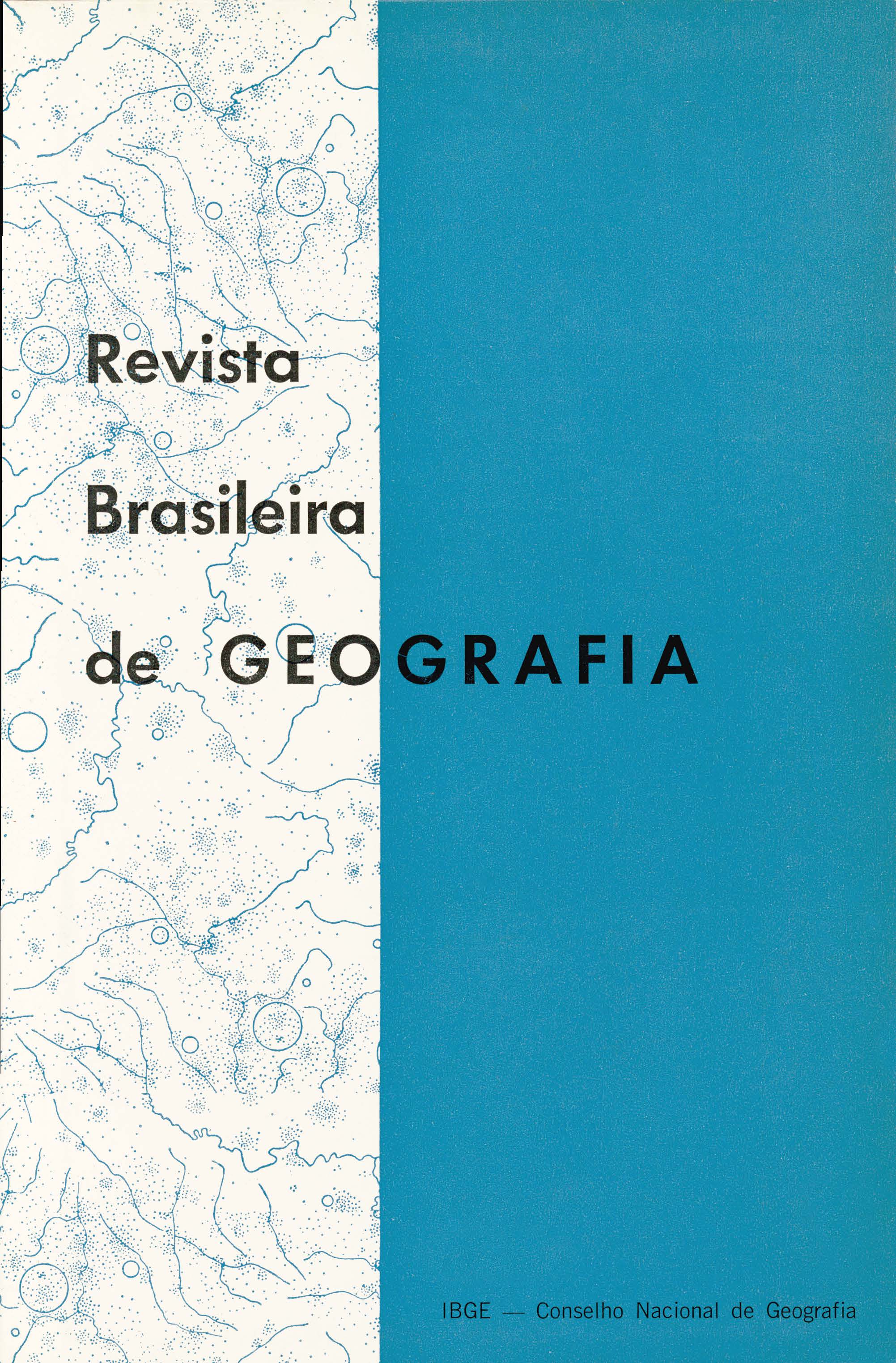Contribuição à análise espacial do sistema universitário brasileiro
Palavras-chave:
Ensino superior, Educação, Análise espacial - Estatística, Localização das escolasResumo
This study has as an objective to verify some queries about the spatial localization of high level education. These questions are following:
a) the university courses trend to form similar groups of courses In its spatial localization or, on the contrary, they are localized in a disordered way and don't generate well defined groups; b) the spatial localization of high level education should be attributes linked to the principle of central places theory;
c) for each course or group of courses, which is the minimum and middles size of the respective towns in which they are localized.
To answer these questions the A. has adopted the methodology employed by M. Palomaki to define types of centers according to the same central functions. The procedure utilized to answer such questions was:
a) One has considered to each town only the existence or not of each type of course, having put aside the fact that a determined type of course had occurred in more than one establishment of the same town;
b) A graph was worked out to indicate the order and frequency of the occurrence of the different types of course. The groups are chosen in accordance with the same frequency of occurrence;
c) To verify the extent in which the groups of courses occurred in the same group of towns, it was applied the product-moment correlation rate in order to evidence if the towns present the same types of courses or not.
d) To indicate the distribution of centers according to the number of courses they have, allowing to verify yet if the centers are disposed or not in terms of number of courses.
In the grouping of the courses were considered 78 different types of courses, after enclosing some that were essentially the same, which have occurred in 200 municipality seat towns. From this grouping the centers were classified in 7 orders of hierarchy where was verified that the internal distance of each group was minimized and the distance among them was maximized.
São Paulo and Rio de Janeiro were the metropolises which reach the highest level of hierarchy, thanks to its number of courses. It is worthy to stand out that the university actuation of both cities is done at national level.
The centers of 6th and 5th order are in its majority metropolitan centers, linked therefore to the regional metropolis function.
The 4th order centers have an area of university influence larger than its respective areas of commercial and service influences, being five from the ten centers state capitals.
From the 3rd order centers most of the towns are in southeastern region, having a classification into the urban functional regions of 2a or 2b level. Only Manaus has politic-administrative capital function.
The second order is formed by towns which in the general hierarchy would fit as important regional centers and that ones of less actuation.
The first order centers are fitted, in its most part, as centers of 3rd general hierarchic echelon.
The specialized centers occur chiefly in the southeast and are towns that, in a general way, don't present high hierarchic degree in the central places board of the country.
As for the spatial distribution of the different types of centers one notes that in the southeast is found a complete range of centers which are of a higher hierarchic order and are located near the two larger university centers of the country (São Paulo and Rio), precisely revealing the greater concentration of people.
The regional metropolitan centers and numerous important regional centers clearly surpass the others, having presented the preference of 46 courses from the considered amount that comprise the most part of the university centers defined as the 6th, 5th, 4th e 3rd orders. These centers are comprised in the band from 100.000 to 249.999 and 500.000 to 1.299.999 inhabitants. The class from 20,000 to 49,000 inhabitants presents the predominance of courses which are destined to the graduation of professors.
We should conclude, therefore, that there is a relation between the size of the town and localization of university courses and that this relation puts in evidence two classes of town sizes, from 100,000 to 249,999 and from 500,000 to 1,299,999 inhabitants to which are associated some types of courses.






